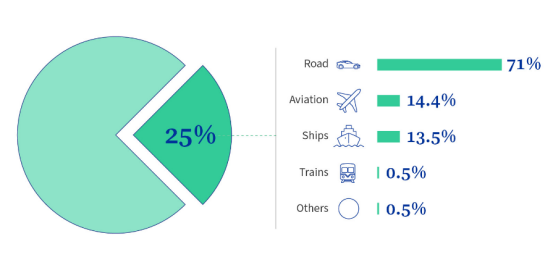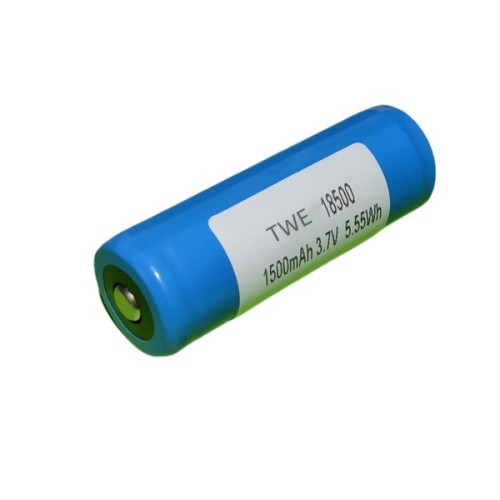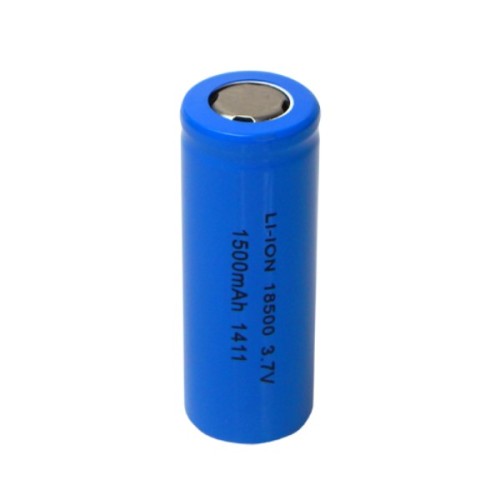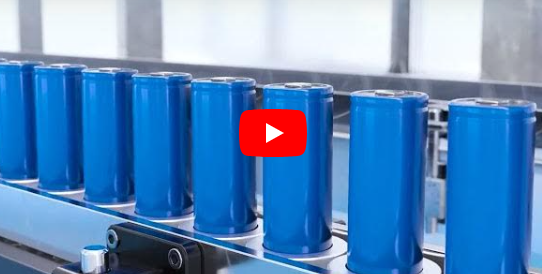On July 25, the European Council adopted the Alternative Fuels Infrastructure Act (AFIR). More charging and hydrogen refueling stations will be added across Europe in the coming years, allowing the transport industry to significantly reduce its carbon footprint while sending a positive signal to the market about the demand for low- and zero-emission vehicles.
The regulatory text sets out specific deployment targets that must be met by 2025 or 2030, in particular:
1. Fast charging stations of at least 150 kW for cars and vans need to be installed every 60 kilometers from 2025 on the EU's main transport corridors, the so-called "Trans-European Transport (TEN-T) network".
2. Need to deploy at least 350 kW heavy-duty vehicle charging stations every 60 kilometers of the TEN-T core network, and every 100 kilometers of the larger TEN-T integrated network from 2025, to achieve full network coverage by 2030.
3. Starting from 2030, hydrogen fueling stations for cars and trucks must be deployed every 200 kilometers in all urban nodes and TEN-T core network.
4. Seaports to and from large passenger or container vessels must provide shore-side power to these vessels by 2030.
5. Airports must provide electrical power to all stationary aircraft at gates by 2025 and to all remote stations by 2030.
6. Users of electric or hydrogen fueled vehicles should be able to conveniently pay with payment cards or contactless devices at charging or refueling points, without subscription, and with transparent pricing throughout.
7. Operators of charging or filling stations must provide consumers with complete information, including availability, waiting times or prices at different stations, by electronic means.
The new regulations will be published in the Official Journal of the European Union after the summer and will come into force 20 days after publication. The rules will come into effect six months after the regulations come into effect.
※Trans-European Transport Network (TEN-T)
Railways, inland waterways and roads connecting 424 major cities in the European Union
The "Alternative Fuel Infrastructure Law" was first proposed by the European Union in 2014. Its original goal is to promote the construction of
clean energy facilities such as hydrogen refueling stations, compressed natural gas (CNG) and liquefied natural gas (LNG), so as to achieve the development goals of clean travel in Europe.
The European Union has further amended the Act in its "Fit for 55" program, requiring its member states to increase the number of charging stations, aiming to install 3.5 million new charging stations by 2030 and 16.3 million new charging stations by 2050. This enables the transport industry to significantly reduce its carbon footprint while sending a positive signal to the market about the demand for low- and zero-emission vehicles.
In the EU, where the transport sector accounts for almost 25% of greenhouse gas emissions and road transport accounts for 71% of them, the Alternative Fuels Infrastructure Bill targets the electrification transition of the automotive industry.

※Proportion of EU transport industry emissions
Source: European Parliament official website
There are currently more than 13.4 million cars and vans running on alternative fuels in the EU. It is estimated that by 2050 the proportion of all cars and vans running on alternative fuels in the EU will increase tenfold.
Raquel Sánchez Jiménez, Spain's Minister of Transport, Mobility and Urban Planning, said: "The new law is a milestone in the "Fit for 55" plan" that will provide more public charging capacity on city streets and on highways across Europe, which we forecast optimistically , in the not-too-distant future, citizens will be able to charge their electric vehicles as easily as they would at a traditional gas station.
The "Fit for 55" plan was proposed on July 14, 2021, aiming to enable the EU to reduce its net greenhouse gas emissions by at least 55% in 2030 compared to 1990 and achieve climate neutrality (carbon neutrality) in 2050. ).
In addition to the Alternative Fuels Infrastructure Act, "Fit for 55" includes a climate package: EU Emissions Trading System (EU ETS), Emissions Reduction Sharing Regulation (ESR), emissions and removals from land-use change and forestry,
Renewable energy, energy efficiency, infrastructure for alternative fuels, carbon dioxide emission standards for cars and trucks, energy taxes, carbon boundary adjustment mechanism (CBAM), sustainable aviation fuels, social climate funds, etc. 12 aspects.
As a pioneer in the practice of carbon neutrality, the European Union passed the "Alternative Fuel Infrastructure Act" this time, which will further promote the transformation of the energy structure of the entire European society and further strengthen the competitiveness of green industries.


 The Future of Portable Power: Advancements in 18500 Li-ion Battery Technology
The Future of Portable Power: Advancements in 18500 Li-ion Battery Technology
 Choosing the Right 18500 Li-ion Battery for Your Business
Choosing the Right 18500 Li-ion Battery for Your Business
 LiPo Batteries and Sustainability: Navigating Environmental Impact
LiPo Batteries and Sustainability: Navigating Environmental Impact